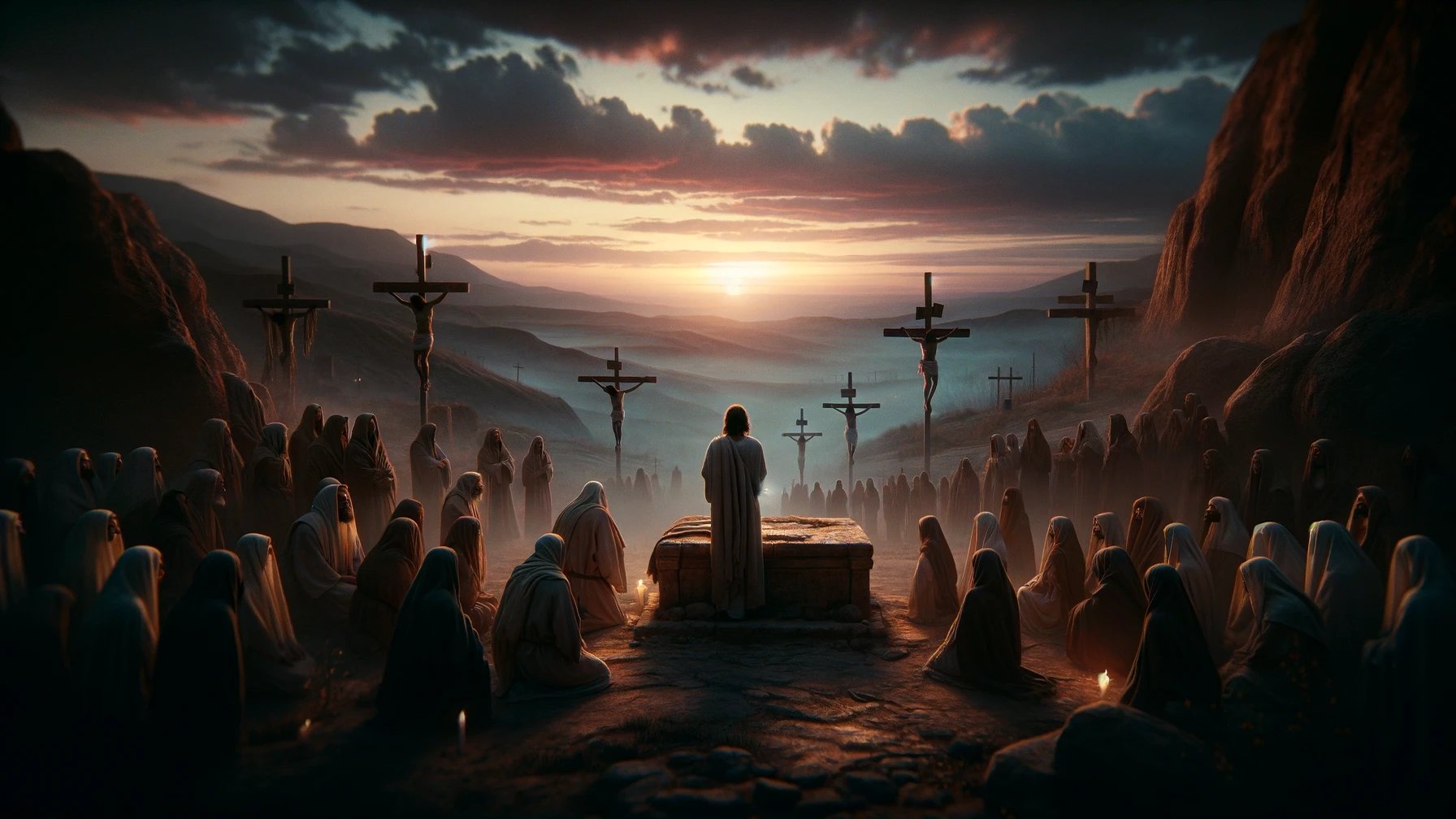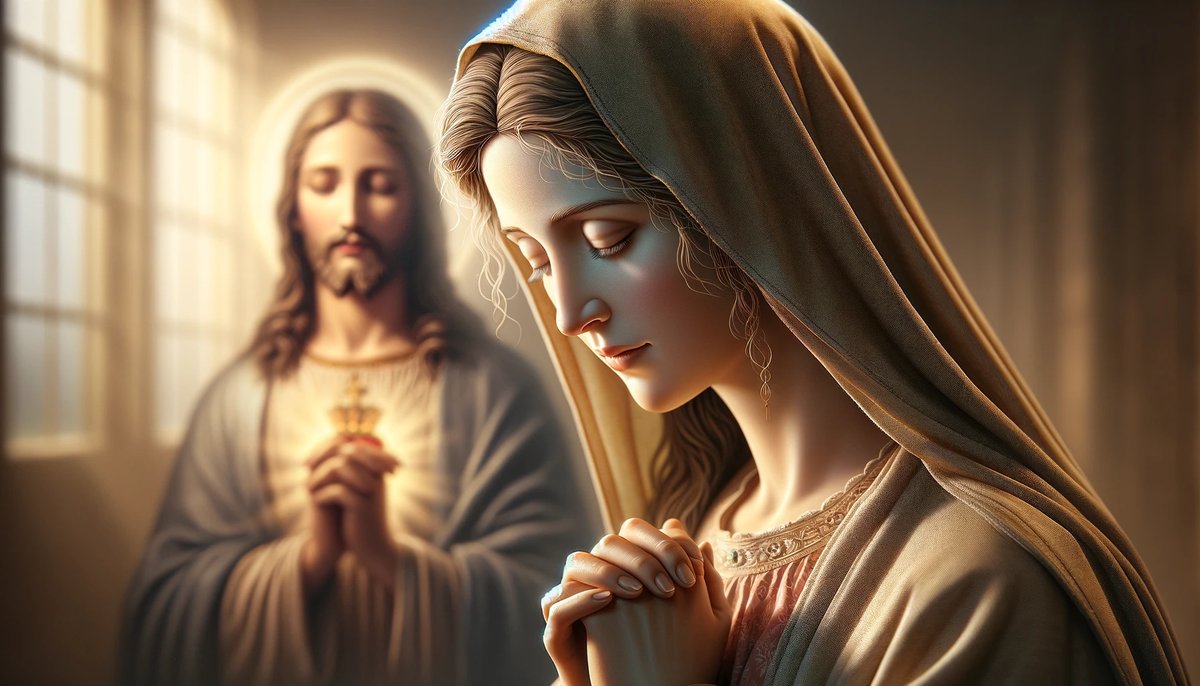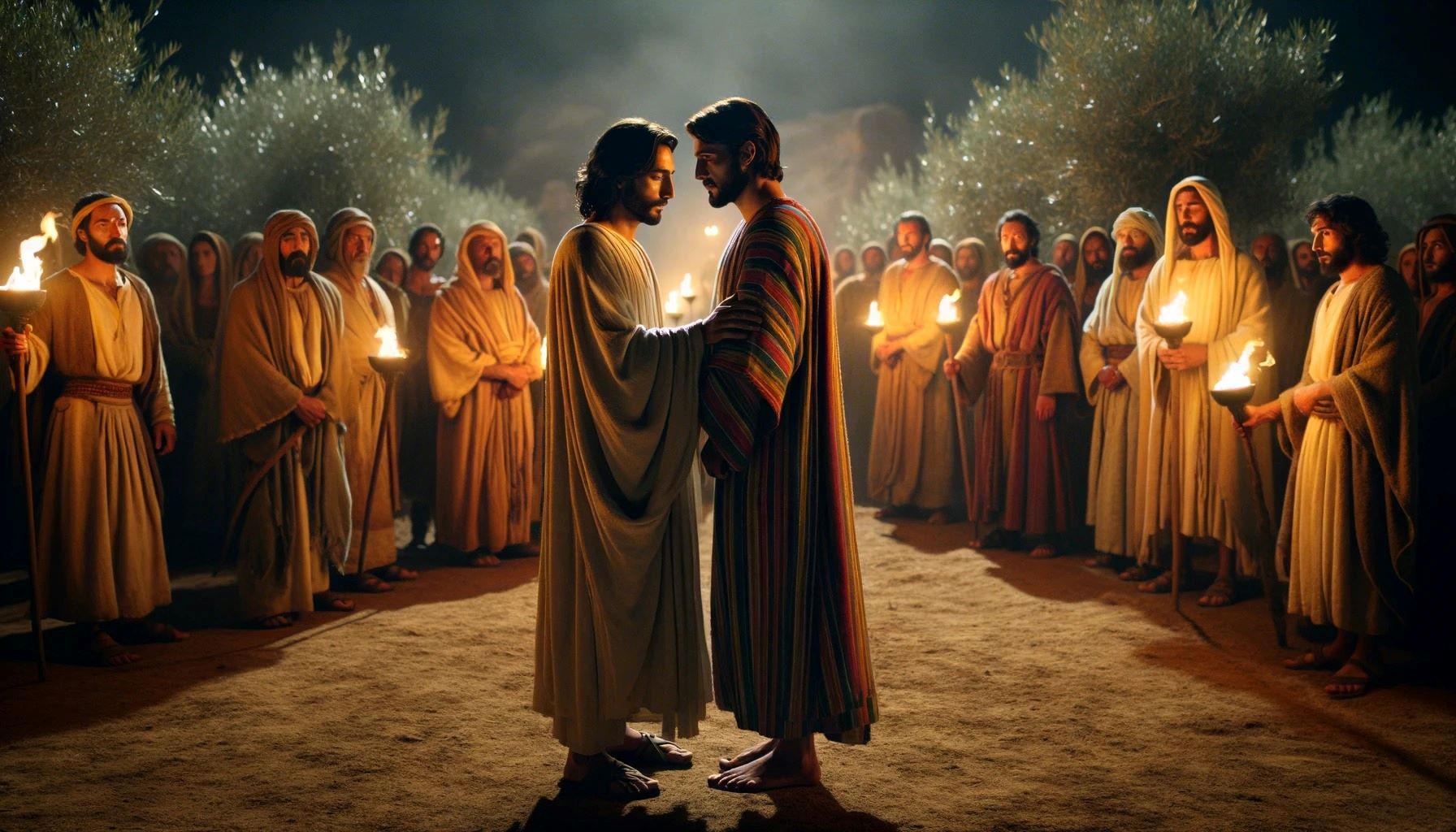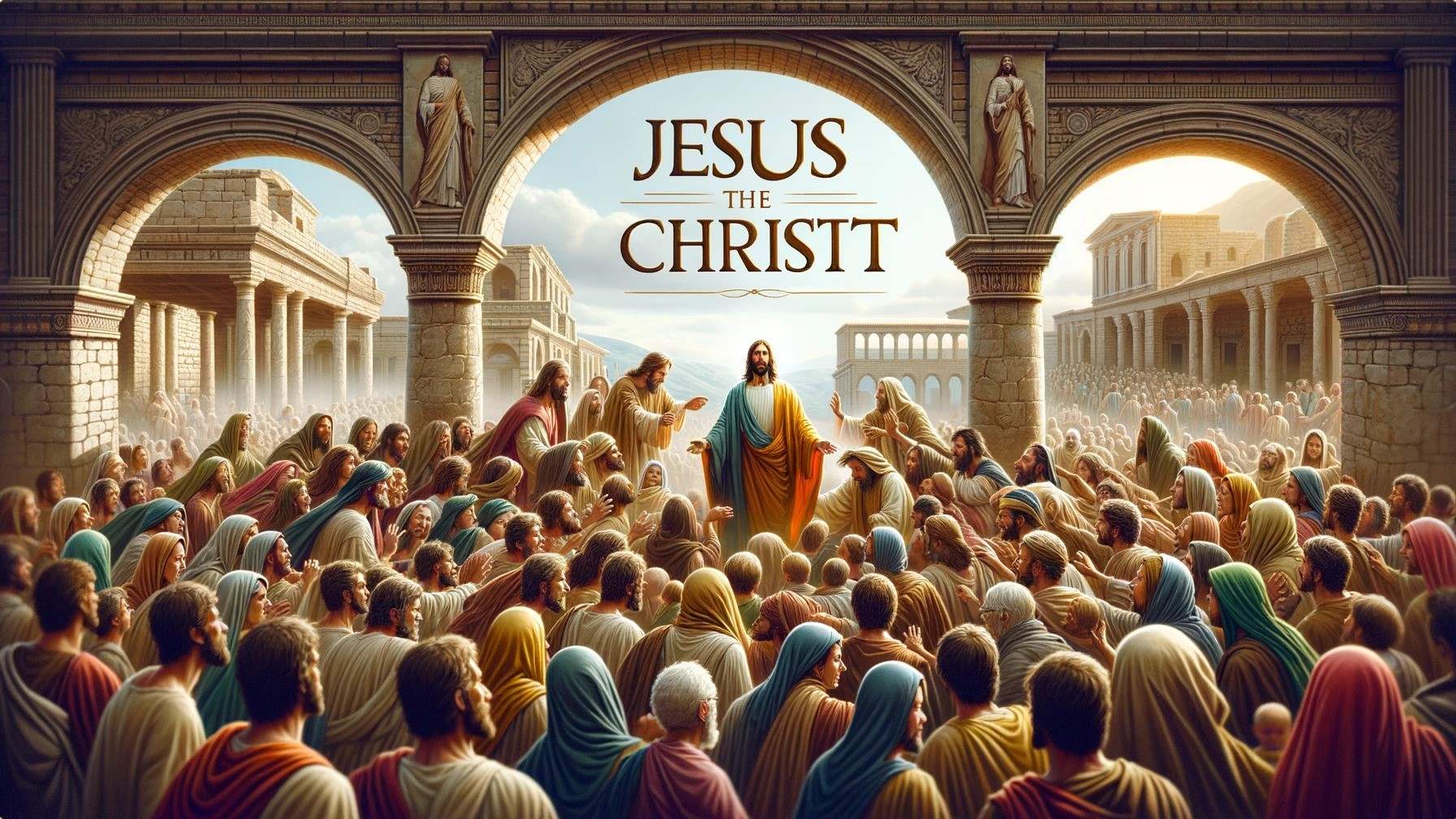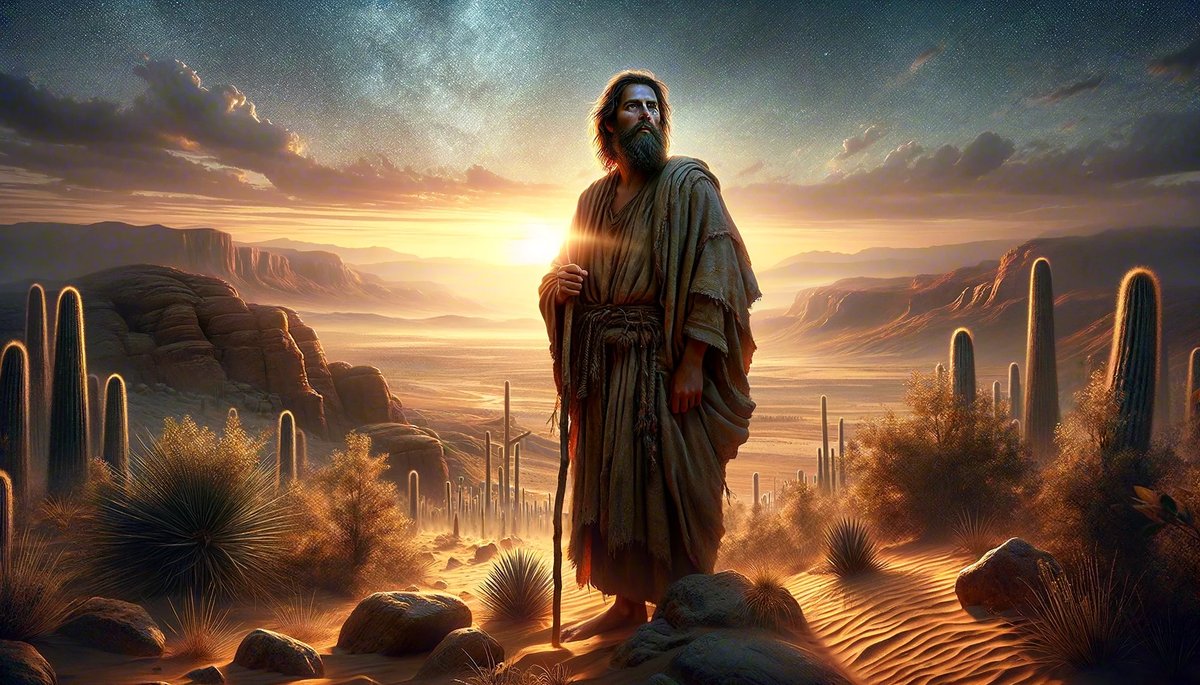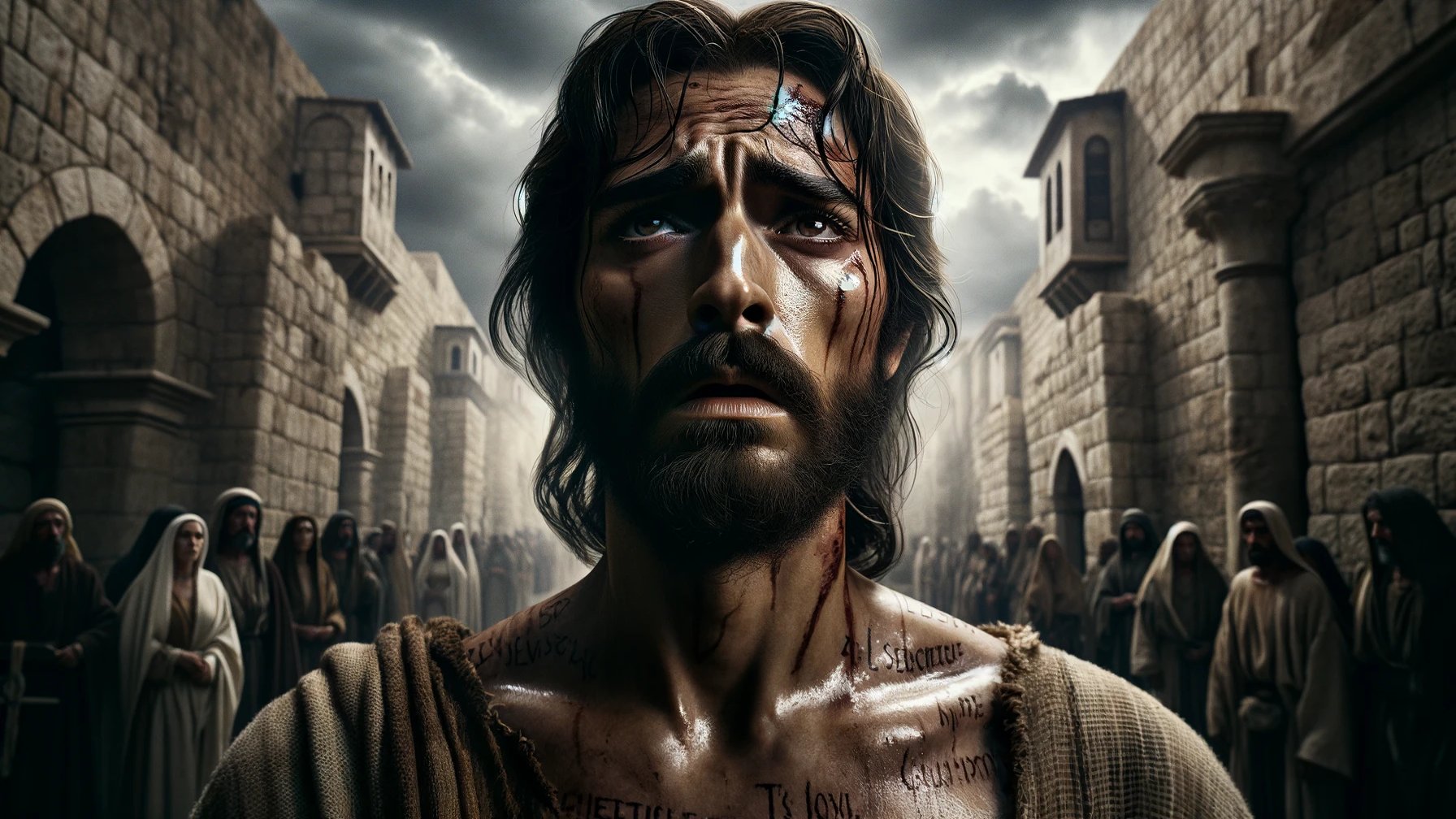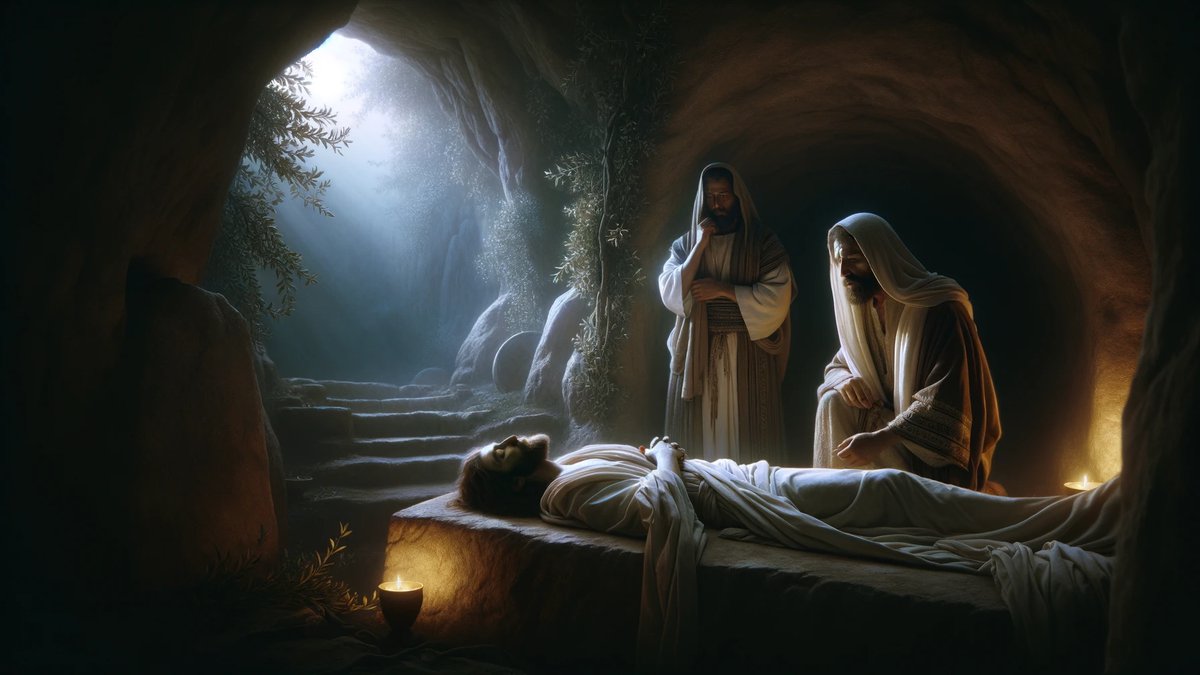Home>Christian Videos>Bible Stories>Who Ordered The Crucifixion Of Jesus Christ
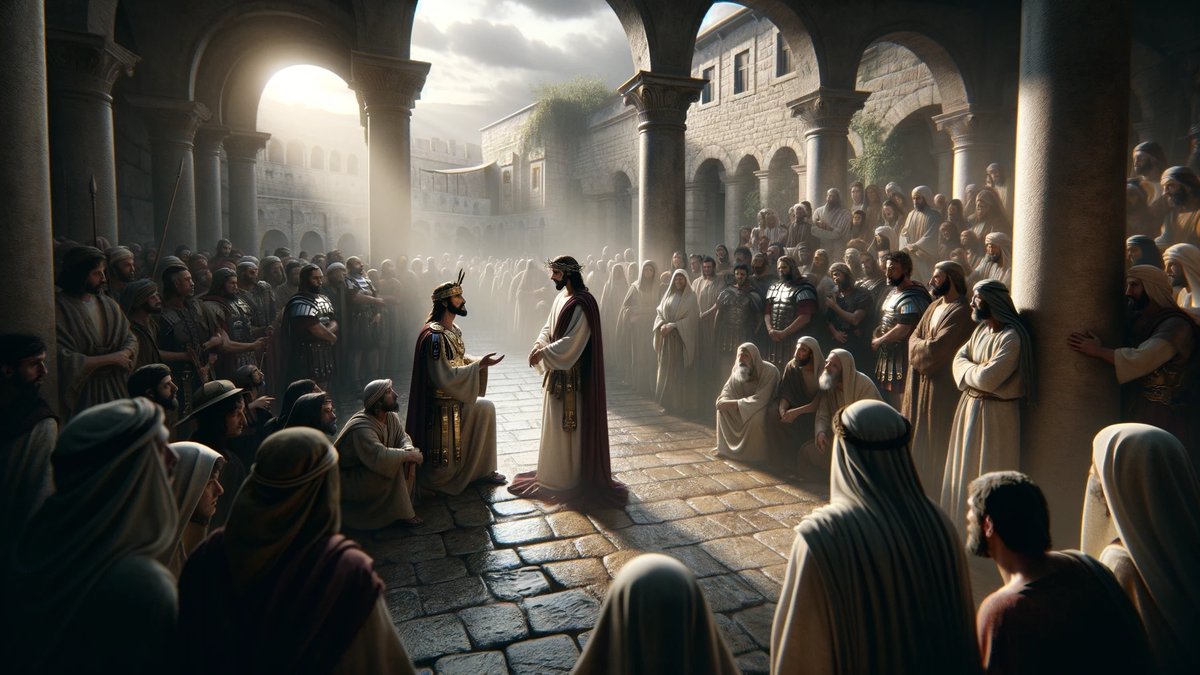

Bible Stories
Who Ordered The Crucifixion Of Jesus Christ
Published: March 1, 2024
Jason DeRose, Managing Editor at Christian.net, uses his expertise in religion and journalism to deepen understanding of faith's societal impacts. His editorial leadership, coupled with a strong academic background, enriches the platform’s diverse content, earning him recognition in both journalism and religious circles.
Explore the gripping tale of the crucifixion of Jesus Christ and other compelling Bible stories. Delve into the timeless wisdom and profound teachings of the scriptures.
(Many of the links in this article redirect to a specific reviewed product. Your purchase of these products through affiliate links helps to generate commission for Christian.net, at no extra cost. Learn more)
Table of Contents
The Historical Context of Jesus' Crucifixion
The crucifixion of Jesus Christ took place during a tumultuous period in the history of the Roman Empire. At the time, the region of Judea was under Roman occupation, and tensions between the Jewish people and their Roman rulers were high. The Jewish people were eagerly awaiting the arrival of a messianic figure who would deliver them from Roman oppression, and many believed that Jesus was the long-awaited Messiah. However, this belief also made Jesus a target for both Roman authorities and certain Jewish religious leaders who saw him as a threat to their power and influence.
During this time, the Roman Empire was known for its brutal methods of maintaining control over its territories. Crucifixion was a common form of execution for those who were deemed enemies of the state or who defied Roman authority. The crucifixion of Jesus must be understood within this historical context of Roman occupation and the intense political and religious climate of the time.
The religious landscape of Judea was also complex, with various sects and groups vying for influence and adhering to different interpretations of Jewish law and tradition. The clash between Jesus and the religious authorities of the time was not only a theological one but also a struggle for power and authority within the Jewish community. This historical context sheds light on the complex web of political, religious, and social factors that ultimately led to the crucifixion of Jesus Christ.
The Role of Pontius Pilate in the Crucifixion
-
Pontius Pilate's Authority: As the Roman prefect of Judea, Pontius Pilate held significant power and authority in the region. His primary responsibility was to maintain order and ensure Roman interests were protected. When Jesus was brought before Pilate, the Jewish religious leaders accused him of claiming to be the king of the Jews, a charge that could be seen as a direct challenge to Roman rule. Pilate's decision regarding Jesus would have far-reaching political implications.
-
Pilate's Dilemma: Pontius Pilate found himself in a difficult position. On one hand, he was wary of the potential unrest that Jesus' claim to kingship could incite among the Jewish population. On the other hand, Pilate recognized that Jesus was not a conventional threat to Roman authority. The Gospels depict Pilate as hesitant and conflicted, torn between the demands of the Jewish leaders and his own doubts about Jesus' guilt.
-
The Trial and Sentencing: Despite finding no basis for charges against Jesus, Pontius Pilate ultimately yielded to the pressure from the Jewish leaders and the crowd, and sentenced Jesus to be crucified. Pilate's decision was influenced by the fear of a potential uprising and the desire to maintain stability in the region. His role in the crucifixion of Jesus reflects the delicate balance of power and politics in a volatile colonial setting.
-
Symbolic Washing of Hands: The Gospel accounts include the symbolic act of Pilate washing his hands to absolve himself of responsibility for Jesus' fate. This gesture, while not historically verified, serves to highlight Pilate's attempt to distance himself from the decision to crucify Jesus. However, it also underscores the moral dilemma faced by those in positions of authority when navigating conflicting interests and pressures.
-
Historical Perspectives: From a historical perspective, Pilate's involvement in the crucifixion of Jesus raises questions about the complexities of governance, the exercise of power, and the moral choices made by those in authority. His role in the events leading to the crucifixion of Jesus Christ reflects the intricate interplay of political expediency, personal conviction, and the dynamics of imperial rule in the ancient world.
The Involvement of the Jewish Religious Leaders
-
Threat to Authority: The Jewish religious leaders of the time, including the chief priests, scribes, and Pharisees, perceived Jesus as a threat to their religious authority and traditional teachings. His popularity among the people and his teachings that challenged the existing religious norms posed a direct challenge to their influence and control over the Jewish community.
-
Opposition to Jesus: Throughout the Gospels, there are numerous accounts of confrontations between Jesus and the religious leaders. They questioned his teachings, sought to trap him in theological debates, and were critical of his association with those considered social outcasts. Their opposition to Jesus intensified as his following grew, and they became increasingly concerned about the impact of his message on their religious establishment.
-
Accusations and Plotting: The Jewish religious leaders played a pivotal role in the events leading to the crucifixion of Jesus. They actively sought ways to discredit him and ultimately plotted to have him arrested and handed over to the Roman authorities. Their accusations against Jesus, including charges of blasphemy and sedition, were aimed at securing his condemnation and execution.
-
Influence on Pilate: The religious leaders exerted significant influence on Pontius Pilate, the Roman prefect, in their efforts to secure the crucifixion of Jesus. They presented Jesus as a threat to Roman rule, emphasizing his claim to kingship and the potential for civil unrest. Their manipulation of political dynamics and public opinion played a crucial role in swaying Pilate's decision to sentence Jesus to death.
-
Theological and Political Motivations: The involvement of the Jewish religious leaders in the crucifixion of Jesus reflects a complex interplay of theological and political motivations. Their desire to maintain religious orthodoxy and preserve their authority intersected with concerns about Roman intervention and the potential disruption of the social order. The crucifixion of Jesus thus became a convergence of religious, political, and social tensions within the context of first-century Judea.
-
Historical Reflection: From a historical perspective, the actions of the Jewish religious leaders underscore the intricate dynamics of religious power, ideological conflict, and the complexities of navigating faith and governance. Their role in the events leading to the crucifixion of Jesus Christ raises profound questions about the ethical responsibilities of religious leadership and the impact of entrenched institutional interests on matters of justice and moral decision-making.
The Betrayal by Judas Iscariot
-
Judas Iscariot's Role: Judas Iscariot, one of the twelve disciples of Jesus, is infamous for his betrayal of Jesus. His actions, as depicted in the Gospels, have sparked centuries of theological and moral contemplation. Judas' betrayal is a pivotal moment in the narrative of Jesus' crucifixion, and it raises profound questions about loyalty, trust, and the complexities of human motives.
-
Motives and Intentions: The Gospels portray Judas as the one who, driven by greed and disillusionment, made a pact with the religious authorities to hand Jesus over to them. The motivations behind Judas' betrayal have been the subject of speculation and interpretation. Some interpretations suggest that Judas may have expected Jesus to assert his messianic power and initiate a revolt against Roman rule, while others emphasize his personal disillusionment or desire for financial gain.
-
The Betrayal Act: The act of betrayal itself, symbolized by Judas' identifying kiss, is a moment of profound betrayal and deception. It marks the culmination of a series of events that led to Jesus' arrest and subsequent crucifixion. The portrayal of Judas' actions raises questions about the nature of betrayal, the consequences of personal choices, and the complexities of human agency within the broader narrative of Jesus' mission and sacrifice.
-
Theological and Moral Reflection: Judas' betrayal has been a source of theological reflection and moral contemplation within Christian traditions. It prompts considerations about the nature of forgiveness, the limits of human understanding, and the complexities of divine providence. The portrayal of Judas' role in the events leading to the crucifixion invites contemplation on the themes of redemption, human fallibility, and the enigmatic interplay of free will and divine purpose.
-
Historical and Symbolic Significance: From a historical perspective, Judas' betrayal serves as a poignant reminder of the intricate human dynamics that shaped the events surrounding Jesus' crucifixion. It underscores the complexities of human motives, the fragility of trust, and the enduring impact of individual choices on the course of history. The betrayal by Judas Iscariot resonates as a powerful symbol of moral dilemma, personal responsibility, and the enigmatic interplay of human agency and divine providence within the narrative of Jesus' sacrifice.
-
Continued Contemplation: The portrayal of Judas' betrayal continues to inspire contemplation and artistic expression, serving as a timeless reminder of the complexities of human nature and the enduring themes of betrayal, forgiveness, and redemption. The narrative of Judas Iscariot's betrayal remains a compelling and thought-provoking element within the broader story of Jesus' crucifixion, inviting ongoing reflection on the intricacies of human choices and the profound dimensions of divine grace.
The Crucifixion as a Fulfillment of Prophecy
-
Prophetic Foretelling: The crucifixion of Jesus Christ is deeply intertwined with the concept of fulfillment of prophecy within Christian theology. The Old Testament scriptures, particularly in the book of Isaiah, Psalms, and the prophetic writings, contain numerous references and foreshadowings of a suffering servant, a sacrificial lamb, and a redemptive figure whose life and death would hold profound significance for humanity. These prophecies, often veiled in symbolic language and imagery, were understood by early Christian communities as finding their fulfillment in the life, death, and resurrection of Jesus.
-
Messianic Expectations: The crucifixion of Jesus was seen as the culmination of a divine plan that unfolded across the tapestry of history. The messianic expectations within Jewish tradition, coupled with the prophetic utterances regarding a figure who would bear the sins of humanity, provided a framework through which the events of Jesus' crucifixion were interpreted. The notion of Jesus as the fulfillment of these messianic and redemptive prophecies became a foundational tenet of Christian faith.
-
Sacrificial Atonement: The crucifixion of Jesus was understood as a sacrificial atonement for the sins of humanity, in accordance with the prophetic imagery of sacrificial offerings and the concept of vicarious suffering. The parallels drawn between the sacrificial practices of the Old Testament and the redemptive significance of Jesus' death underscored the theological understanding of the crucifixion as the fulfillment of a divine plan of reconciliation and restoration.
-
Theological Reflection: Within Christian theology, the crucifixion as a fulfillment of prophecy invites contemplation on the themes of divine providence, the redemptive arc of history, and the mysterious interplay of human agency and divine purpose. The recognition of the crucifixion as the fulfillment of ancient prophecies serves as a profound affirmation of the continuity and coherence of God's salvific plan throughout the ages.
-
Historical and Spiritual Significance: From a historical and spiritual perspective, the crucifixion as a fulfillment of prophecy underscores the interconnectedness of biblical narratives and the enduring relevance of ancient prophecies within the Christian faith. It serves as a testament to the depth of theological reflection and interpretation that has shaped the understanding of Jesus' crucifixion as a pivotal moment in the fulfillment of divine promises and the unfolding of God's redemptive purposes.
-
Continued Relevance: The recognition of the crucifixion as the fulfillment of prophecy continues to be a source of theological contemplation, spiritual insight, and artistic expression within Christian traditions. It stands as a testament to the enduring significance of ancient prophecies and their profound resonance within the narrative of Jesus' crucifixion, inviting ongoing reflection on the intricate tapestry of divine revelation and the fulfillment of God's promises in the person of Jesus Christ.
